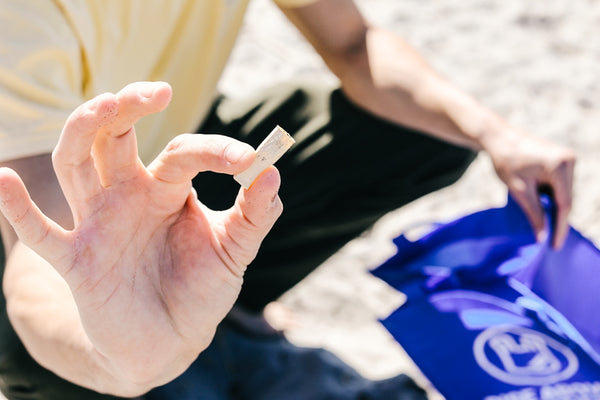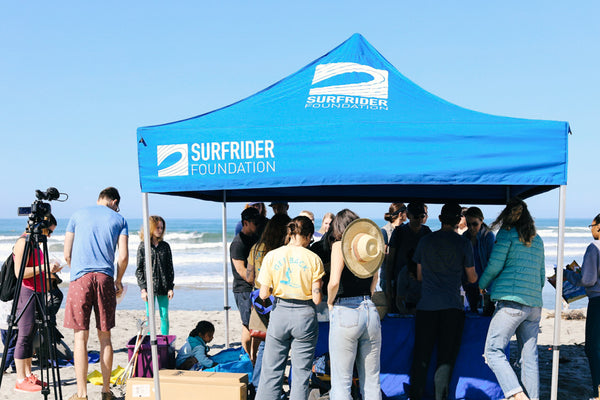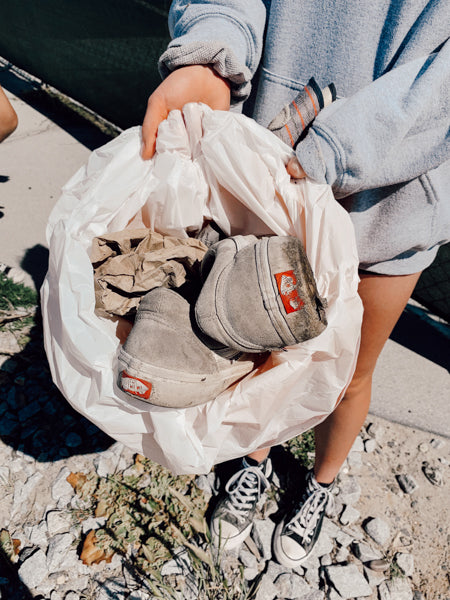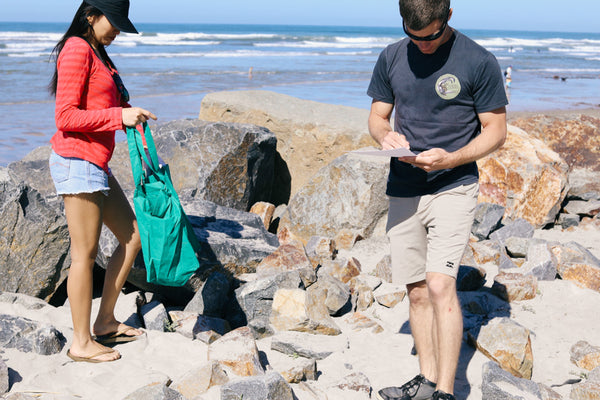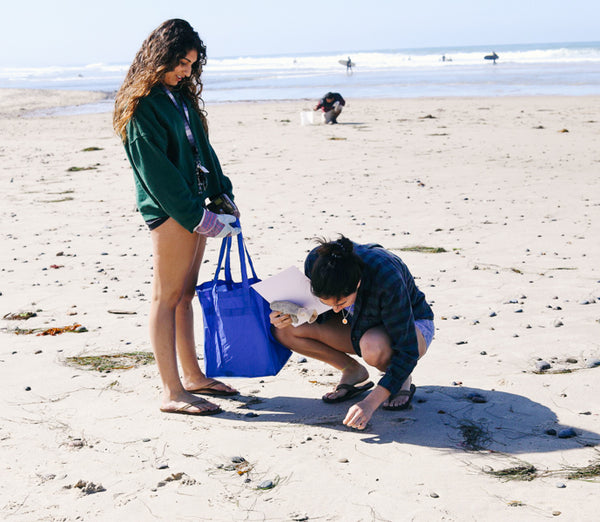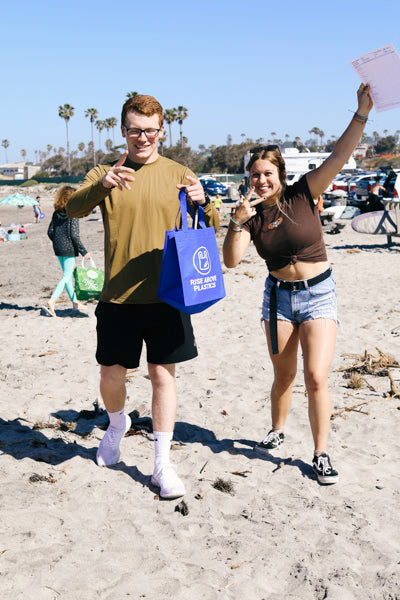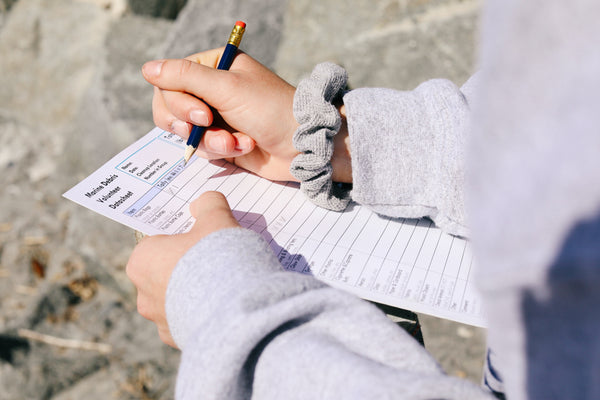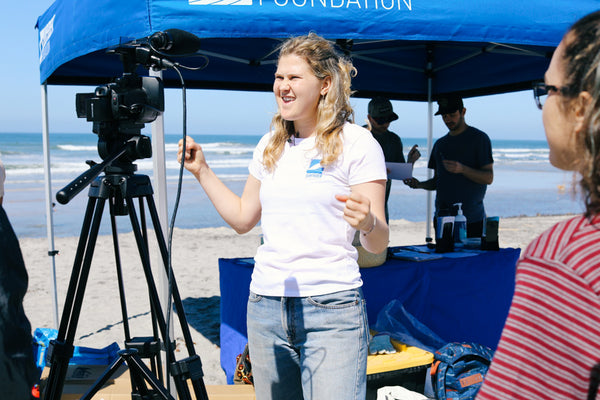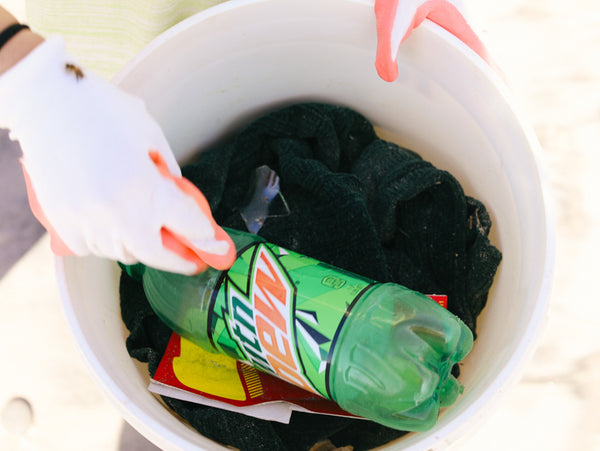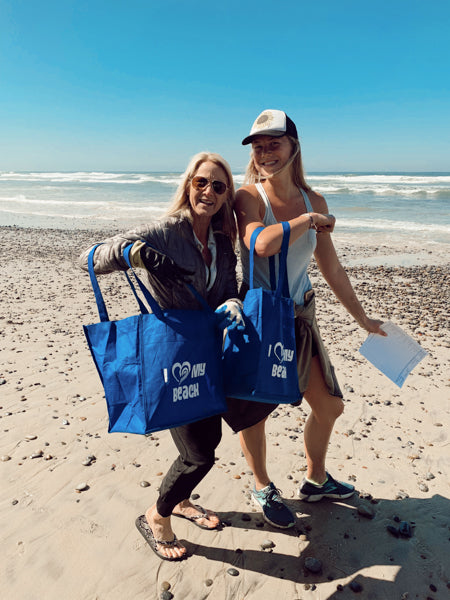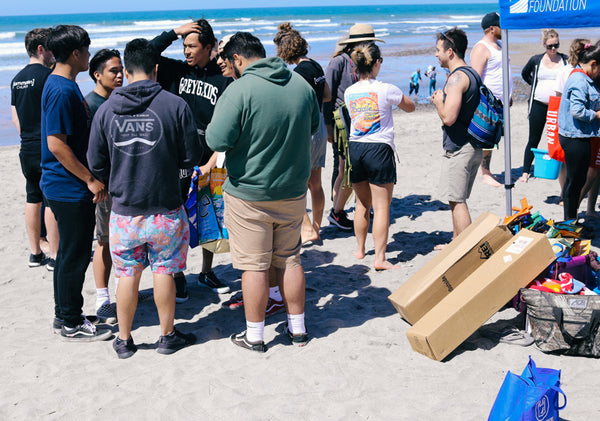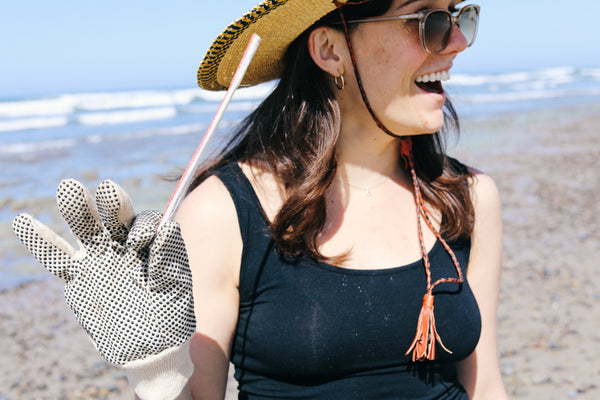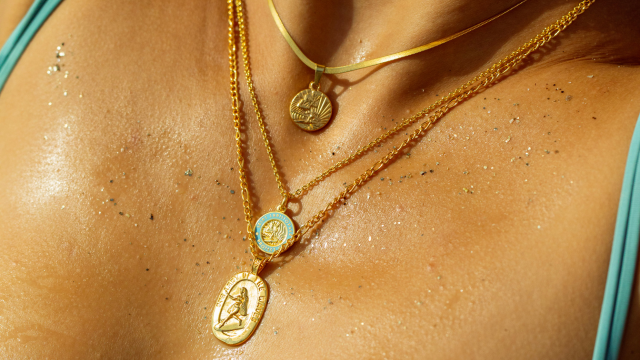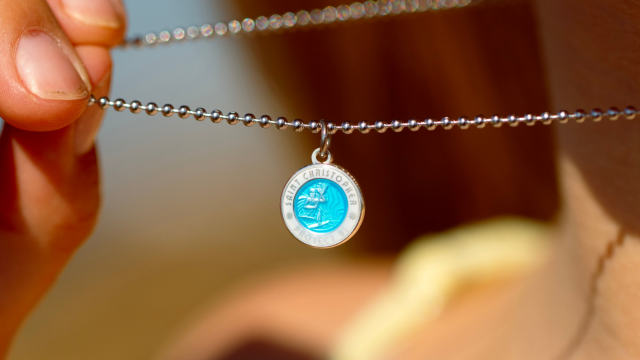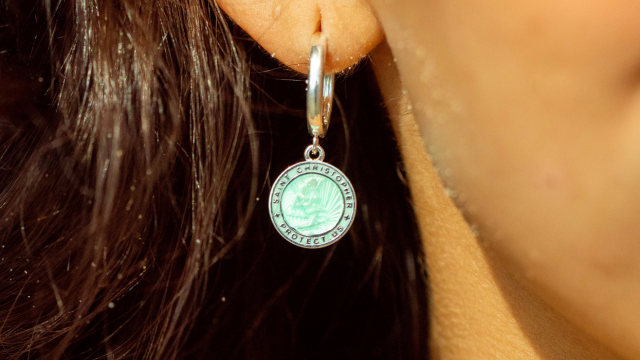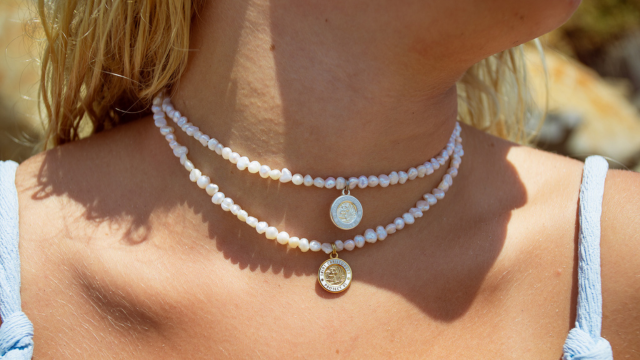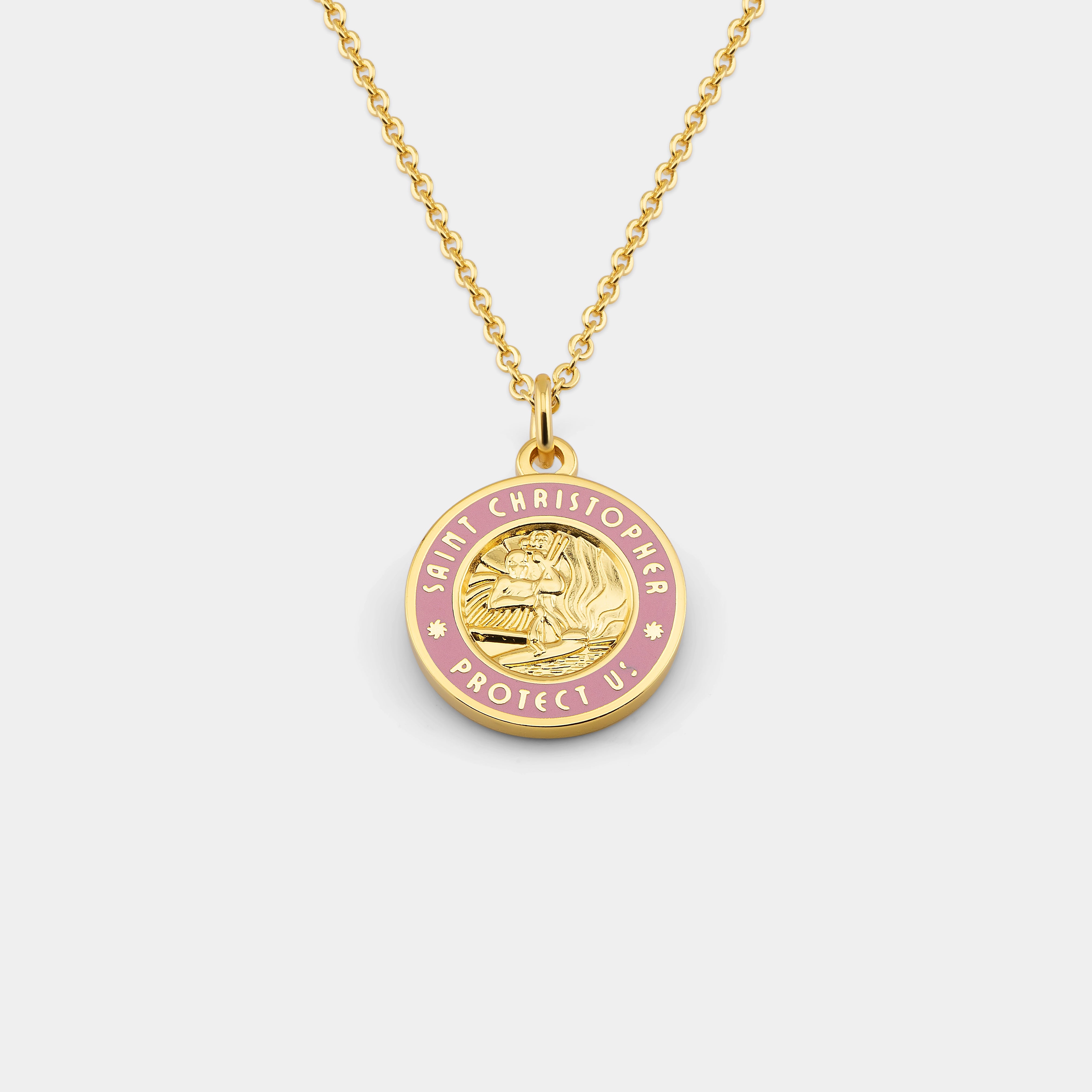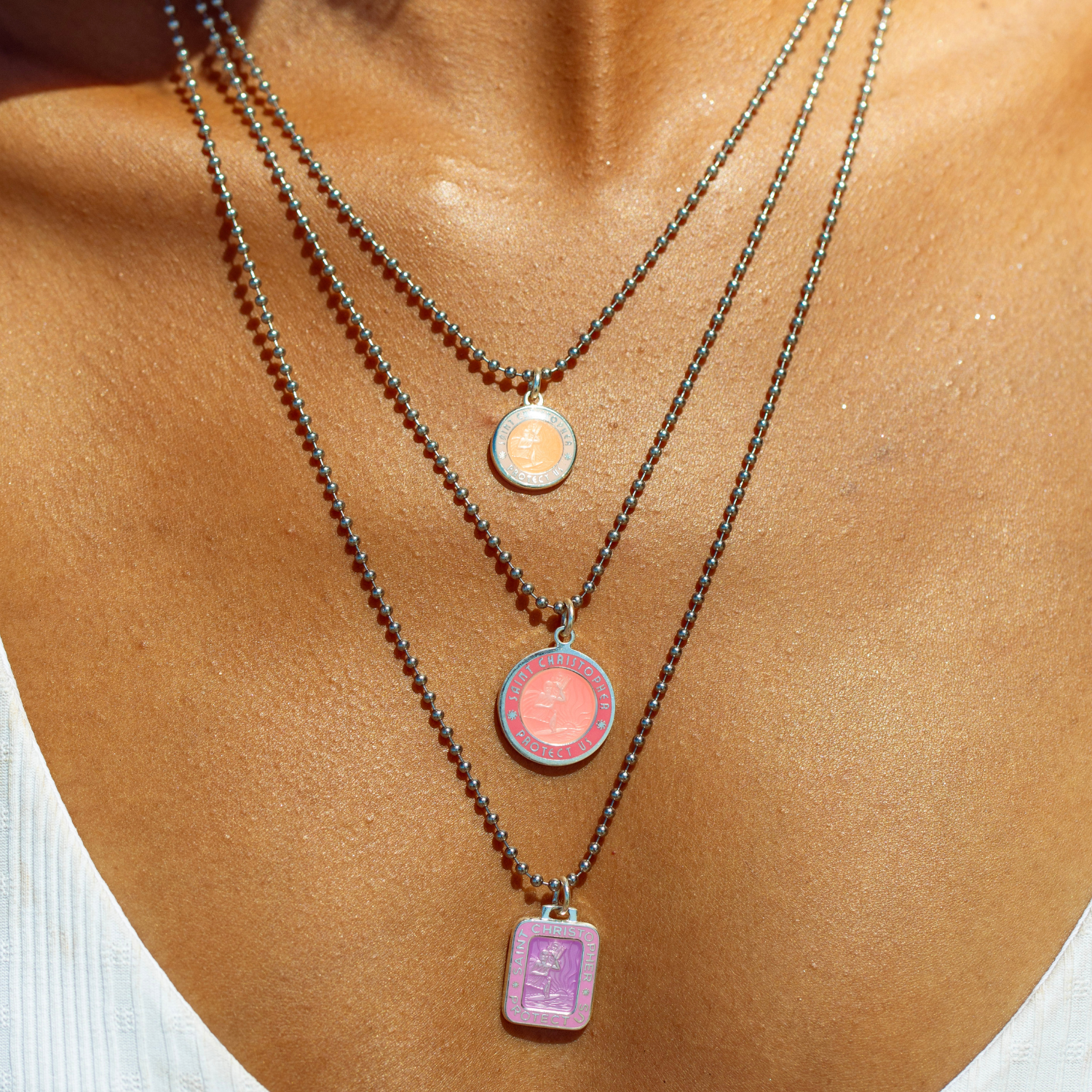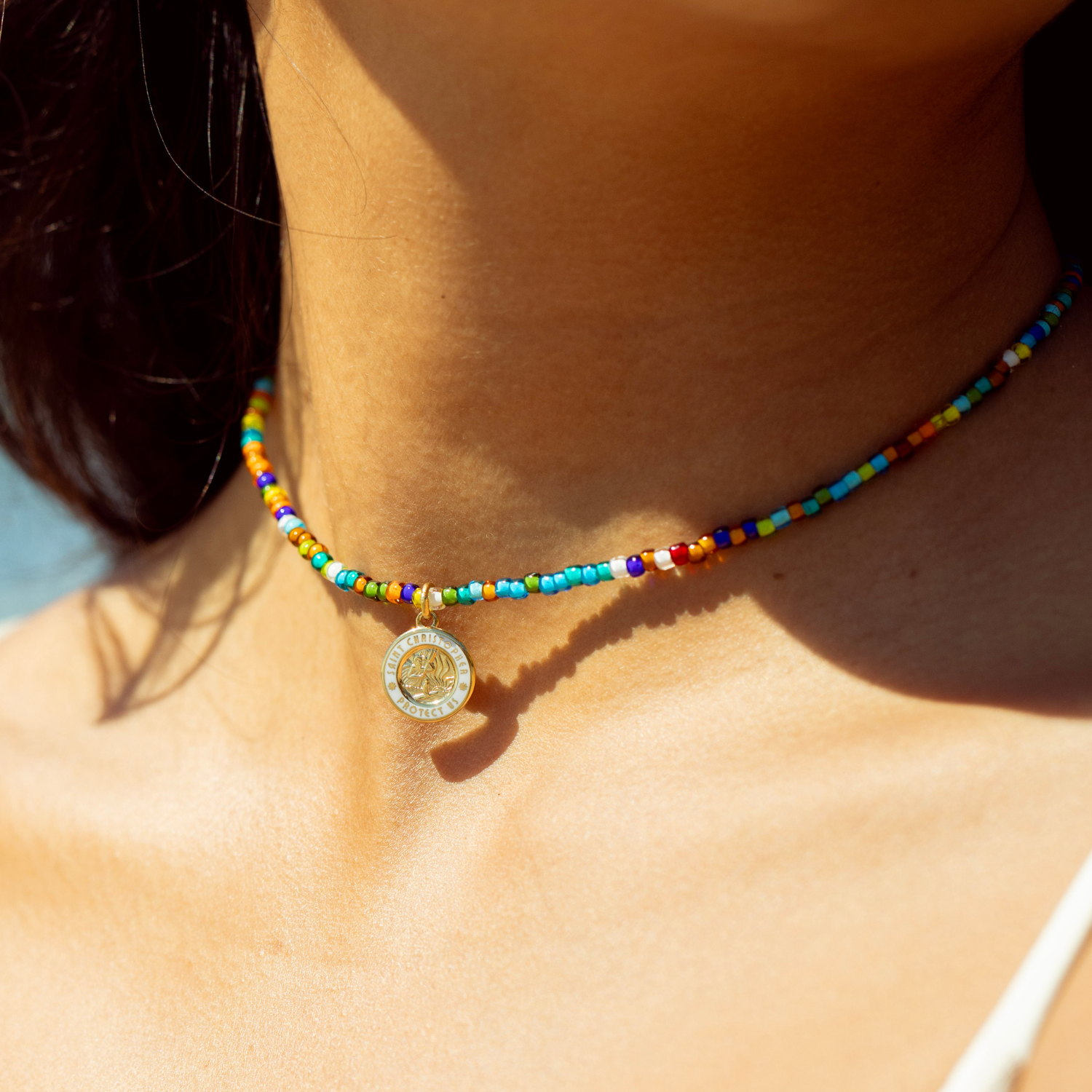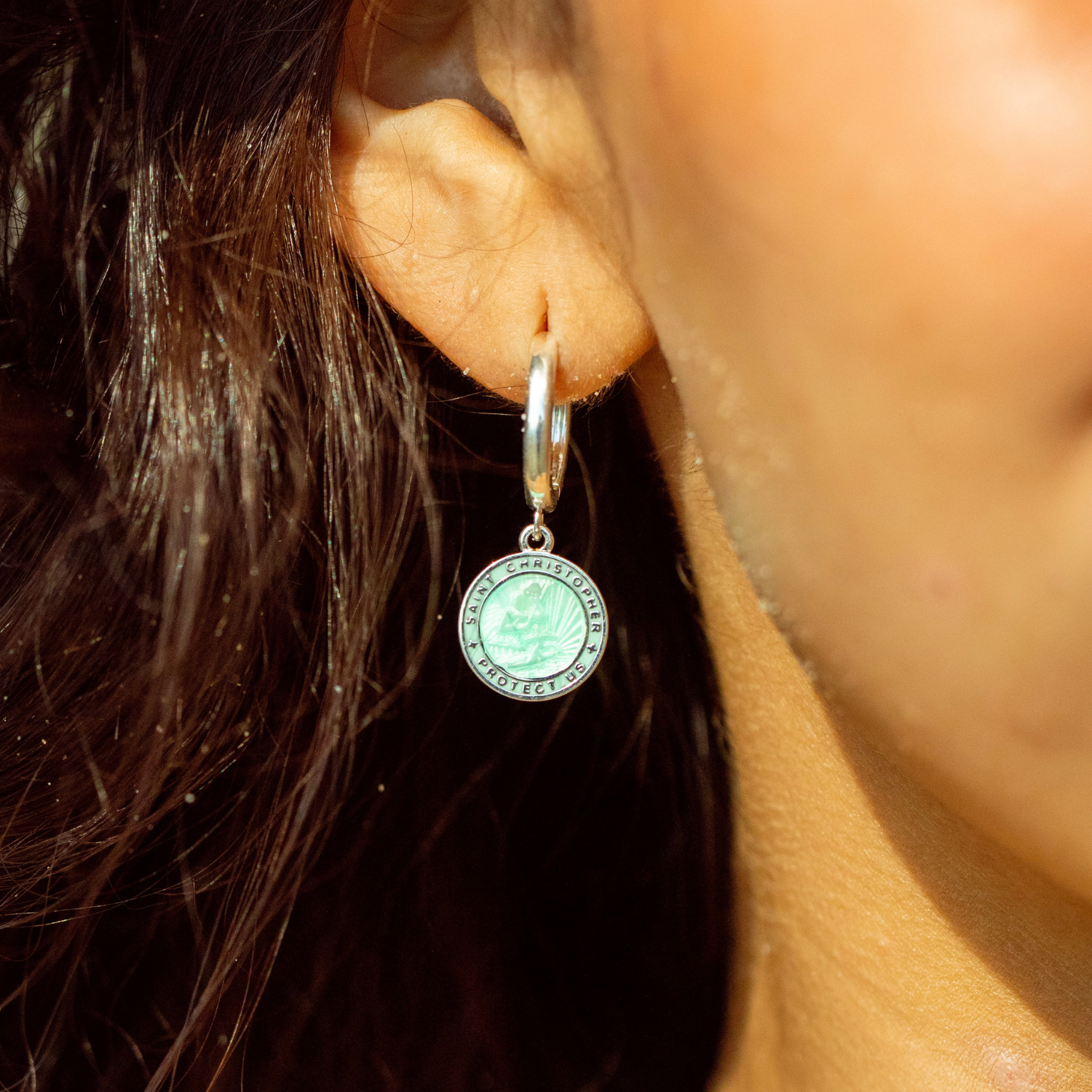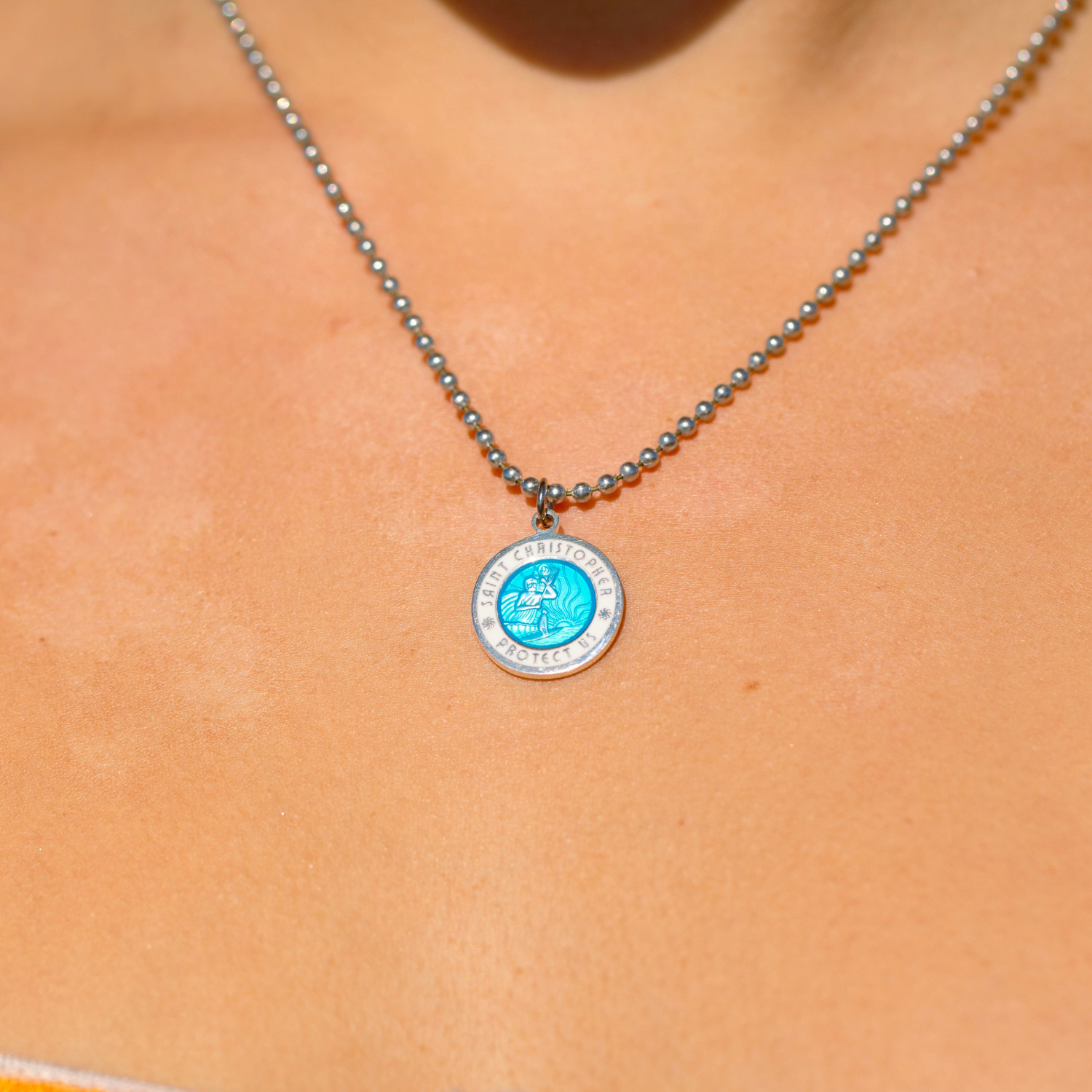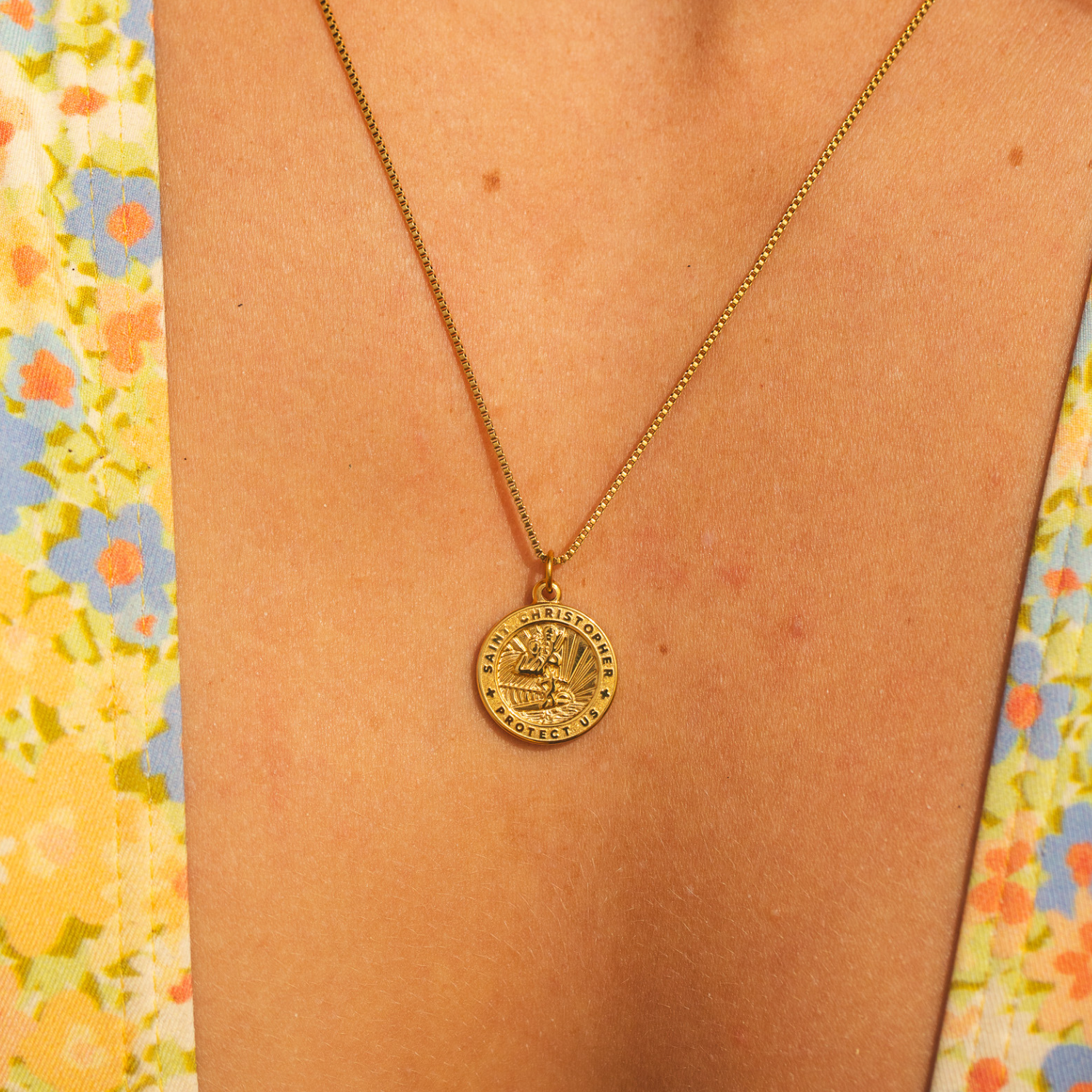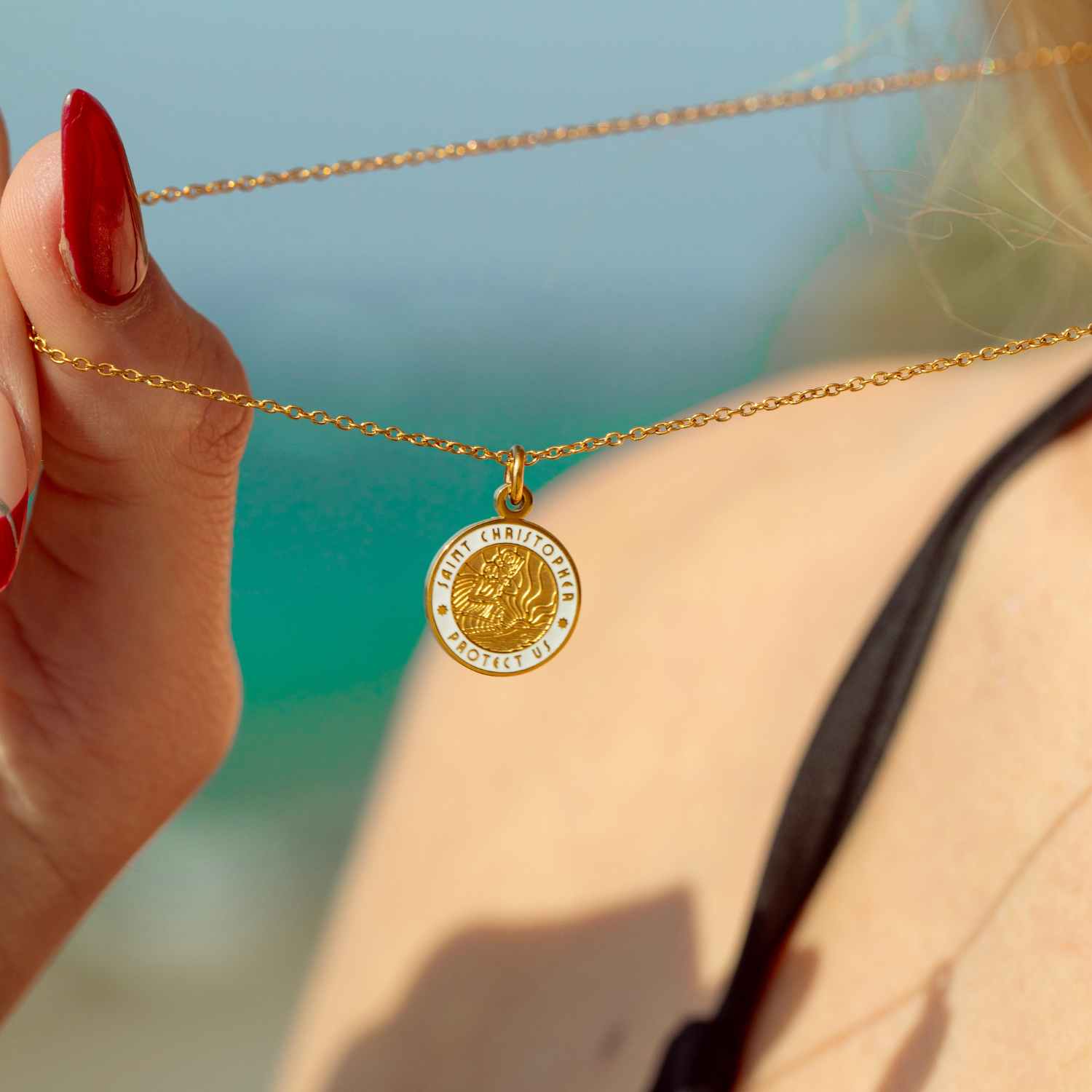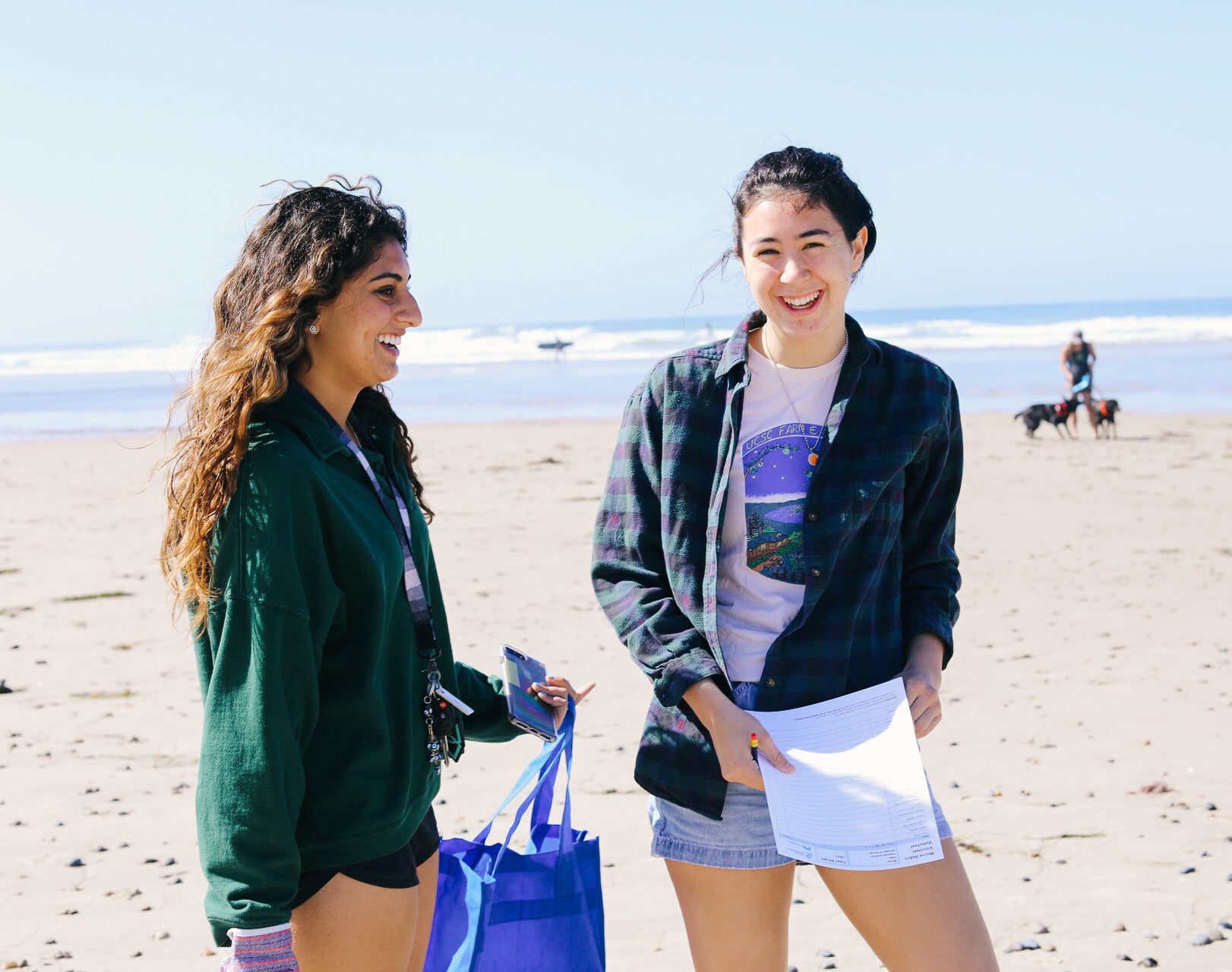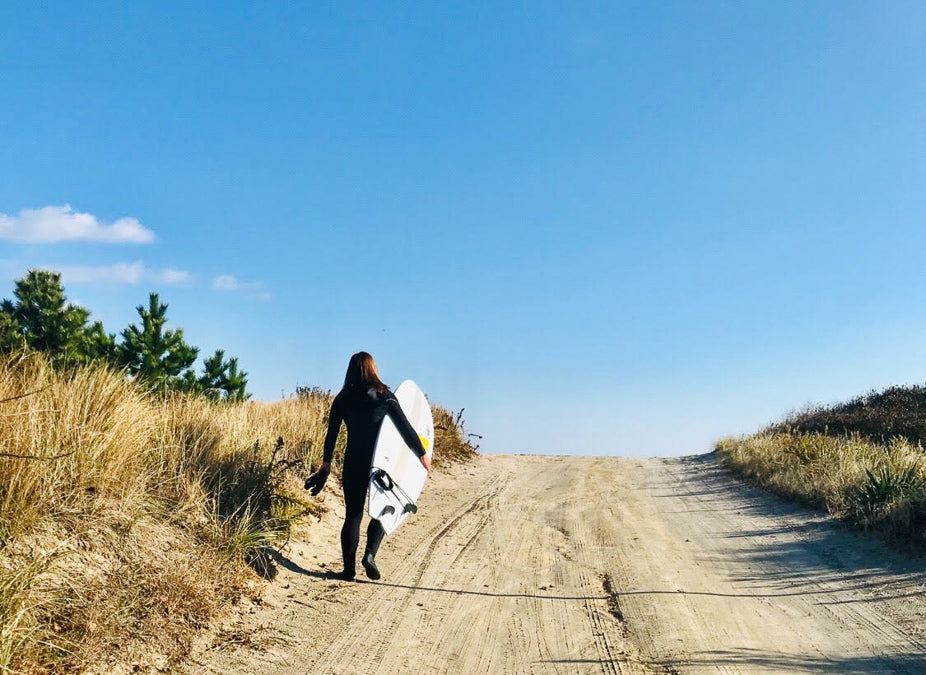Last month we partnered with Surfrider to clean up one of Southern California’s most popular beaches and we were so pumped because in just 2 short hours we were able to clean up 110 pounds of trash!! It was so easy and felt SO good that we’re already planning the next one (maybe in a city near you!?) Until then, we created a how-to guide for organizing your own beach cleanup because it couldn’t be easier and we think you & your friends will agree.
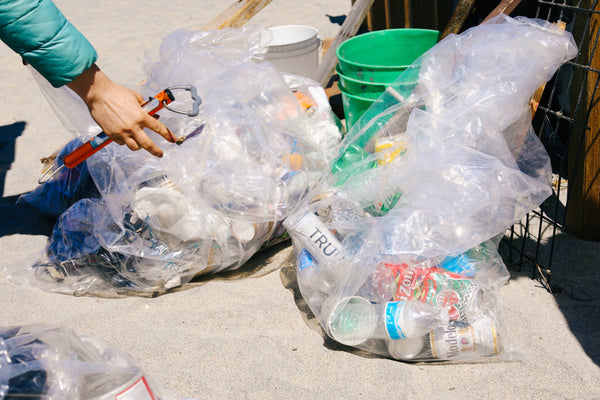
How To Organize A Beach Cleanup In 5 Easy Steps
1. Pick a date & location
Some beaches and waterways are dirtier than others- that's a fact. And some are cleaner than the streets you take on the way there! The good news is- there's never a "wrong" spot to choose because all trash ends up in the same place. A good rule of thumb is to take a second to think about your specific town. Is there one beach that's closest to somewhere busy like the boardwalk? Are there some that are cleaned regularly by the city while some others aren't? Pick the place & the time that you think you can make the most impact. (For example: on a popular beach just before dinnertime when people are packing up and leaving things behind.)

2. Rally your friends
Start a group text or make an FB event for the cleanup. Let people know when & where, and that they can come and go as they please! Every bit helps. Pro tip: go out for food afterwards at an Ocean Friendly Restaurant. People will be stoked! Gathering together to improve the community is something that benefits everyone and just plain feels good.
Here's the FB event that we posted for our latest cleanup as an example. We kept it super simple and just told people time, place, and what to bring (see next step).
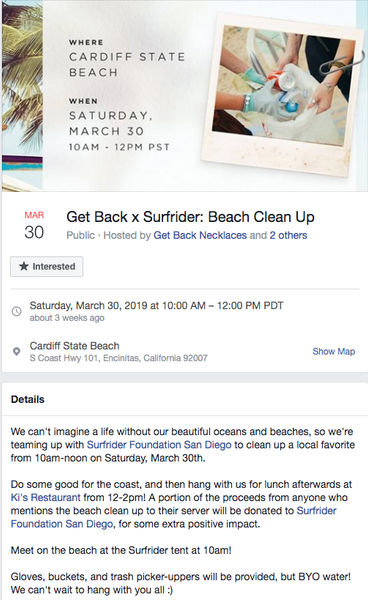
3. Gather supplies
This is important- you don't want to collect harmful plastics by using harmful plastics. So skip the garbage bags and instead use reusable (washable) totes and old paint buckets from the garage. You'll also need gloves! Say no to single-use latex gloves and ask the gardener in your family if you can use theirs. If not, got mittens? Let people know to BYOB(ucket) and gloves! The only other thing you'll need is your phone for step #4. Oh and water is always a good idea 🙌
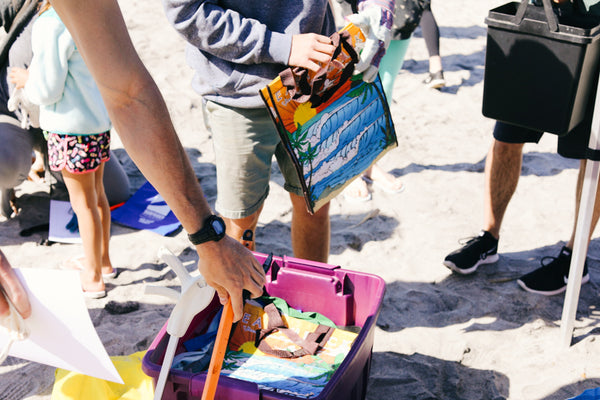
4. Keep track of what you pick up
We never knew this so maybe you don't either- but keeping track what you pick up and how many of each item is SO important to scientists. We talked to our friend Kate Shoemaker from Surfrider SD who said that "The data the volunteers collect is the single most valuable element of the cleanup. We use it to inform our education, awareness, and policy campaigns which aim to prevent pollution from reaching our beaches in the first place."
Basically, if you can keep track of what you pick up during your cleanup...not only are you making an impact by cleaning- you can make even more of an impact by sending that info to scientists who will use it in their efforts to save our seas.
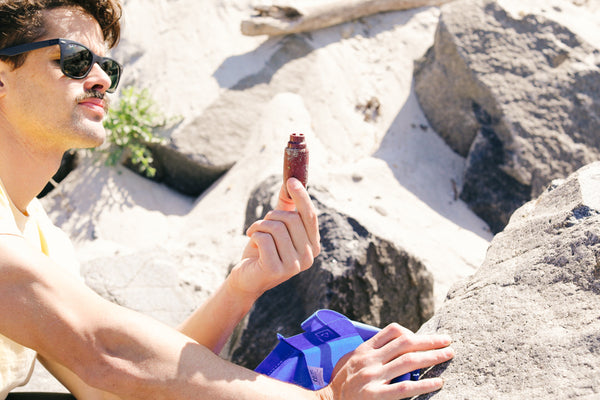
Here is the data that Surfrider compiled from our beach cleanup on March 30th:
| Total Trash (lbs) | 110 |
| Plastic Bags | 180 |
| Plastic Bottles | 29 |
| Bottle Caps | 101 |
| Plastic Utensils | 24 |
| Plastic Food Service (lids, cups, plates) | 40 |
| Straws | 154 |
| Plastic Food Wrappers | 237 |
| Six-Pack Holders | 0 |
| Styrofoam | 321 |
| Balloons | 13 |
| Fishing & Boating Items | 13 |
| Glow Sticks | 3 |
| Syringes | 1 |
| Other Plastics | 356 |
| Cigarettes & Cigarette Butts | 266 |
| Metals | 39 |
| Glass | 121 |
| Paper & Cardboard | 156 |
| Fabrics | 34 |
| Wood Objects | 47 |
| Entangled or Dead Animals | 14 |
| Other | 73 |
| Comments and Unusual Items |
razor, sandal, ear plug, rubber band, lighter, surf fin, napkins, rope, bungee cord, tar, yarn, hair tie, pair of vans, rock with nails, bouncy ball, nug jug, fish nets, pens, dog cage, jump rope. |
Can you believe that list?!?!?! (Crying for all the crabs and birdies we found in nets, grocery bags, and with bellies full of plastic 😭 Our friends at Surfrider said that the number 14 wasn't too surprising for them, unfortunately.) There are a ton of resources out there for collecting the data for scientists but our favorite is The Cleanswell App. It allows you to click on pictures of what you're picking up as you go and then totals it all up in pounds at the end. That way you and your friends can know just how awesome of a job you did- and then try to beat that number the next time!

5. Dispose of the trash
All of your cleaning will be for nothing unless you make sure that the things you picked up don't end up right back where you found them!
Recyclables: Sort through the items you collected and decide which should be recycled. This may include plastic, metal, or glass items. Make sure to check your local recycling bin to see what it accepts!
Compostables: Maybe one of your friends has a compost bin at home or your city has a compost system in place. Or- better yet- maybe you want to start one! Collect any organic materials that you picked up such as food scraps and paper and put them together to be composted. It seems harmless to throw an orange peel into the trash can but if organics are left in landfills, they can interact with other waste and create methane, a greenhouse gas over 100x more damaging than carbon dioxide (mind blown? us too.)
Liquids: Pour out liquids before disposing of their containers so they don’t get sent to landfills.
Potentially hazardous stuff: Check your city's website to see what can be done with batteries, electronics, tires, and paint in your area.
Landfillers: Any items that don't fit into the categories above can be sent to the landfill.
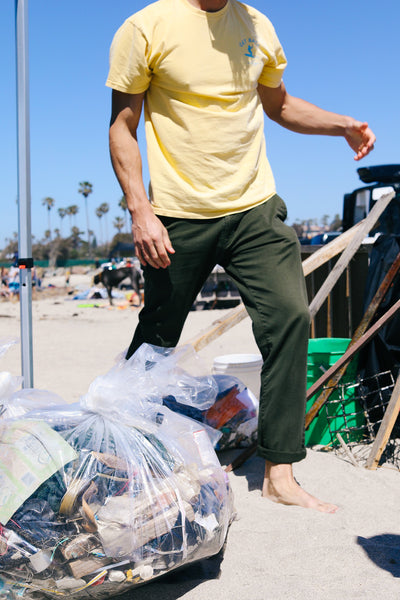
So what do you think- are you down to go clean a beach?? If you do, tag us on instagram @getbacknecklaces so we can cheer you on. And hey- if you don't live close to the beach, don't worry! These same rules apply to ANYWHERE. The majority of trash eventually ends up in a waterway leading to the ocean so any cleanup is a beach cleanup.
For another way to help clean our precious beaches and oceans, check out our Save Our Seas charity necklace which supports Surfrider Foundation.
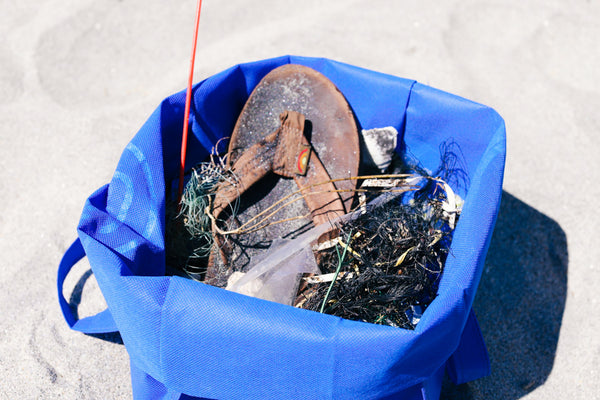

^us struggling 😂
